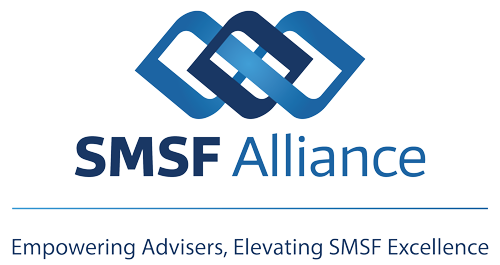It’s commonly believed that the investments made by an entity into which an SMSF properly invests are irrelevant to the SMSF for tax purposes. This is not so. Non-arm’s length income provisions can be invoked where the SMSF has invested at arm’s length, but the entity invested into has not.
In GYBW v FC of T (21 October 2019), an SMSF bought 200 shares (20%) in Company A for $200. A business associate of the SMSF member owned the other 800 shares. At the time, Company A had no assets so the SMSF’s acquisition was at market value. Company A then bought all the shares in Company B from an unrelated party at less than market value. How did we know that? Company B carried on a business which was so successful that, over the next four years, the SMSF received nearly $1.8 million in dividends due to its activities. Not a bad return on a $200 investment and one which caught the eye of the tax office.
The result was that the SMSF’s dividends were deemed to be NALI as Company A hadn’t paid market value for its Company B shares.
This is not surprising given that it’s not a new interpretation. What is surprising to me is that the parties did not realistically expect this to happen. The tax office looks at the totality of the arrangement, not just the initial step. SMSFs are highly flexible entities which can take advantage of investment opportunities in speculative unlisted entities which may return unrealistic returns. It’s important to be able to justify each transaction, something which was difficult to do for GYBW whose member, previously the accountant for the business associate with the other 800 shares in Company A, retired to become the chief financial officer of Company B.


